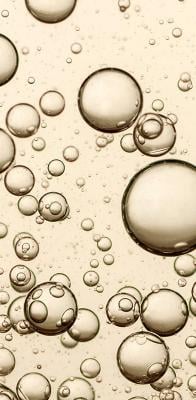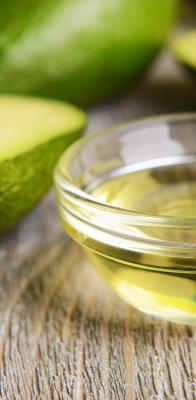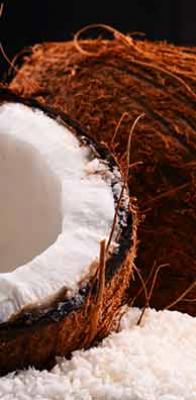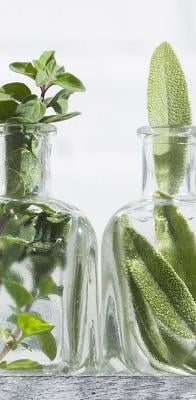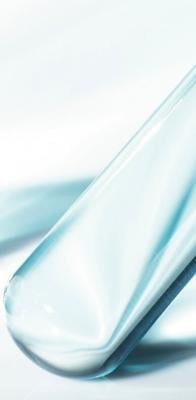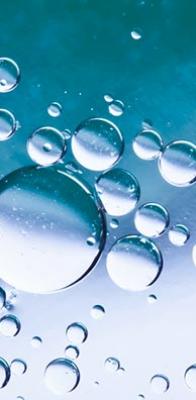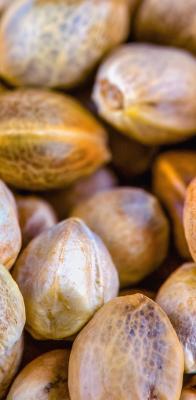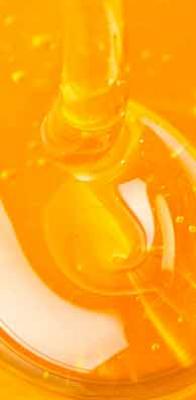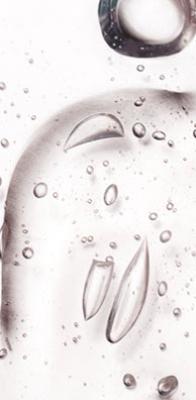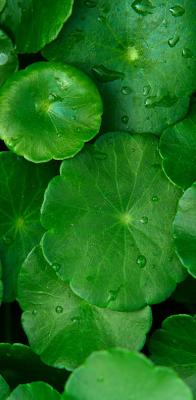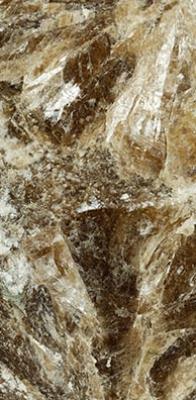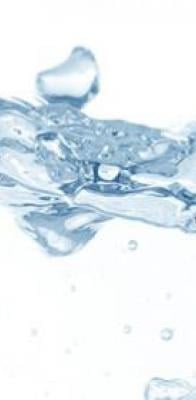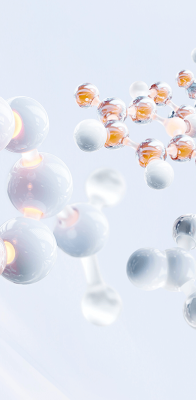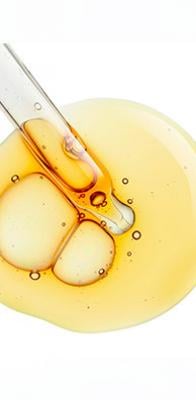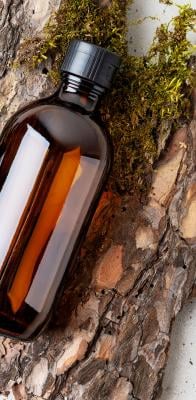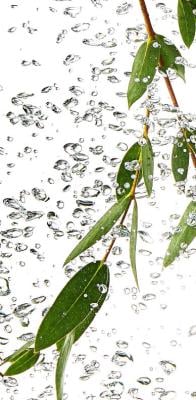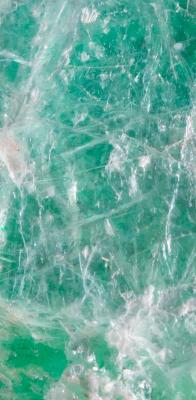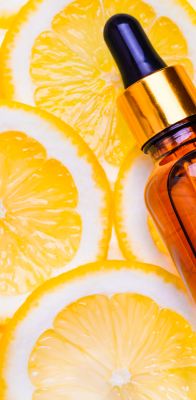What is vitamin CG?
Vitamin CG is an antioxidant ingredient derived from vitamin C. Like vitamin C, it is water-soluble, meaning it dissolves well in water.
Once in the skin, vitamin CG is converted into vitamin C.
Vitamin C is essential to the body and must be supplied by an external source (food and drink) to participate in numerous metabolic processes, such as the synthesis of collagen and red blood cells. It is found in colourful fruit and vegetables such as oranges, lemons, grapefruit, kiwis, broccoli and red peppers. Vitamin C used in cosmetics has 2 forms: ascorbic acid or pure vitamin C, commonly known simply as vitamin C, and ascorbyl glucoside or vitamin C glucoside, known as vitamin CG.
The vitamin CG in our cosmetic products appears in the list of ingredients on the packaging under the name "ASCORBYL GLUCOSIDE".
Where does vitamin CG come from?

At L'Oréal, the vitamin C used to make vitamin CG comes from corn, a renewable plant resource. Sugar is produced by the enzymatic hydrolysis of dextrin.
Vitamin CG is then obtained using a biotechnological process that respects the principles of green chemistry* and is 100% biosourced and biodegradable .
* A process using as little energy and water as possible and generating a minimum amount of waste
What is it used for?
To overcome the oxidation and instability of vitamin C, glucoside, in other words "sugar", can be grafted onto it to obtain ascorbyl glucoside, or "vitamin CG".
Vitamin CG is converted back into vitamin C by a hydrolysis reaction of the glucoside function using a cyclodextrin glucanotransferase (CGTase) . This way, the vitamin C is gradually released by this enzyme, enabling it to perform its functions optimally. This is known as biotransformation.
Unlike vitamin C, vitamin CG does not oxidise, so it remains effective in the formula. In cosmetics, it is used for its antioxidant, soothing and anti-ageing properties. It helps to even out the complexion and give the skin a radiant glow.
Vitamin C can also have an effect on the hair. A study7 showed that in iron-deficient people, vitamin C facilitates the growth of the hair follicle, i.e., hair. It also repairs hair fibres deep down, keeping them strong and shiny.
-
Antioxidant
-
Anti-ageing
-
Even complexion and radiance
How does it work?
Vitamin CG is a precursor of vitamin C, which means that in the presence of certain substances on the skin's surface, it releases vitamin C. Vitamin CG is used in particular for its capacity to even skin tone. This benefit is reinforced by the proven soothing action of vitamin C.
In cosmetics, thanks to its antioxidant properties, vitamin C helps to reduce the action of free radicals created by the sun's rays, and therefore prevents premature ageing of the skin due to sun exposure. It is known to promote collagen synthesis and the production of dermal cells such as fibroblasts, which diminish in the skin with age. Its antioxidant action is even stronger in the presence of vitamin E, which is regenerated by vitamin C.
The facts:
- Scientific data shows that vitamin CG applied to the surface of the skin is transformed into vitamin C by the action of substances present in the skin, such as phosphatases or glycosidases.
- One study1 reports on the well-known properties of vitamin C, such as its antioxidant power and its effect on collagen synthesis2. It shows the positive effects of a vitamin C cream on the signs of ageing caused by exposure to the sun.
- Another study3 shows that vitamin C, in addition to its antioxidant activity, also has soothing properties.
- A further study4 has shown that vitamin E regenerates with vitamin C, reinforcing their antioxidant power.
- Repeated exposure to the sun leads to pigmentation of the skin due to an increase in melanin production. Vitamin C, already known for its ability to even out skin tone, has been studied5 to assess its potential to limit pigmentation caused by daily exposure to ultra-violet rays.
- In order to maximise the benefits of vitamin C in cosmetic products, a study6 into ways of improving its stability was carried out.
- In people who are iron deficient, vitamin C plays a crucial role in combating hair loss7.
1 Philippe G. Humbert & al, "Topical ascorbic acid on photoaged skin. Clinical, topographical and ultrastructural evaluation: double-blind study vs. placebo", Experimental Dermatology 2003; 12:237-244
2 Betty V. Nusgens & al, "Topically Applied Vitamin C Enhances the mRNA Level of Collagens I and III, Their Processing Enzymes and Tissue Inhibitors of Matrix Metallproteinase 1 in the Human Dermis", The Society for Investigative Dermatology, Inc. 2001; 0022-202X/01
3 Tebbe & al. "L-Ascorbic Acid inhibits UVA-Induced Lipid Peroxidation and Secretion of IL-1α and IL-6 in Cultured Human Keratinocytes In Vitro", The Society for Investigative Dermatology, Inc. 1997; 0022-202X/97
4 Niki E & al. "Regeneration of vitamin E from alpha-chromanoxy radicals by glutathione and vitamin C." Chem Lett 1982; 789-792
5 Romain de Dormael et al. "Vitamin C prevents ultraviolet-induced pigmentation in healthy volunteers ", J Clin Aesthet Dermatol. 2019; 12(2): E53-E59
6 Amanda C. Carita et al. "Vitamin C: One compound, several uses. Advances for delivery, efficiency and stability", Elsevier, nonomedjournal.com; NANO-0000102117
7 Almohanna, H. M., Ahmed, A. A., Tsatalis, J. P., & Tosti, A. (2019). The Role of Vitamins and Minerals in Hair Loss: A Review. Dermatology and therapy, 9(1), 51–70. https://doi.org/10.1007/s13555-018-0278-6
How is it used in our products?
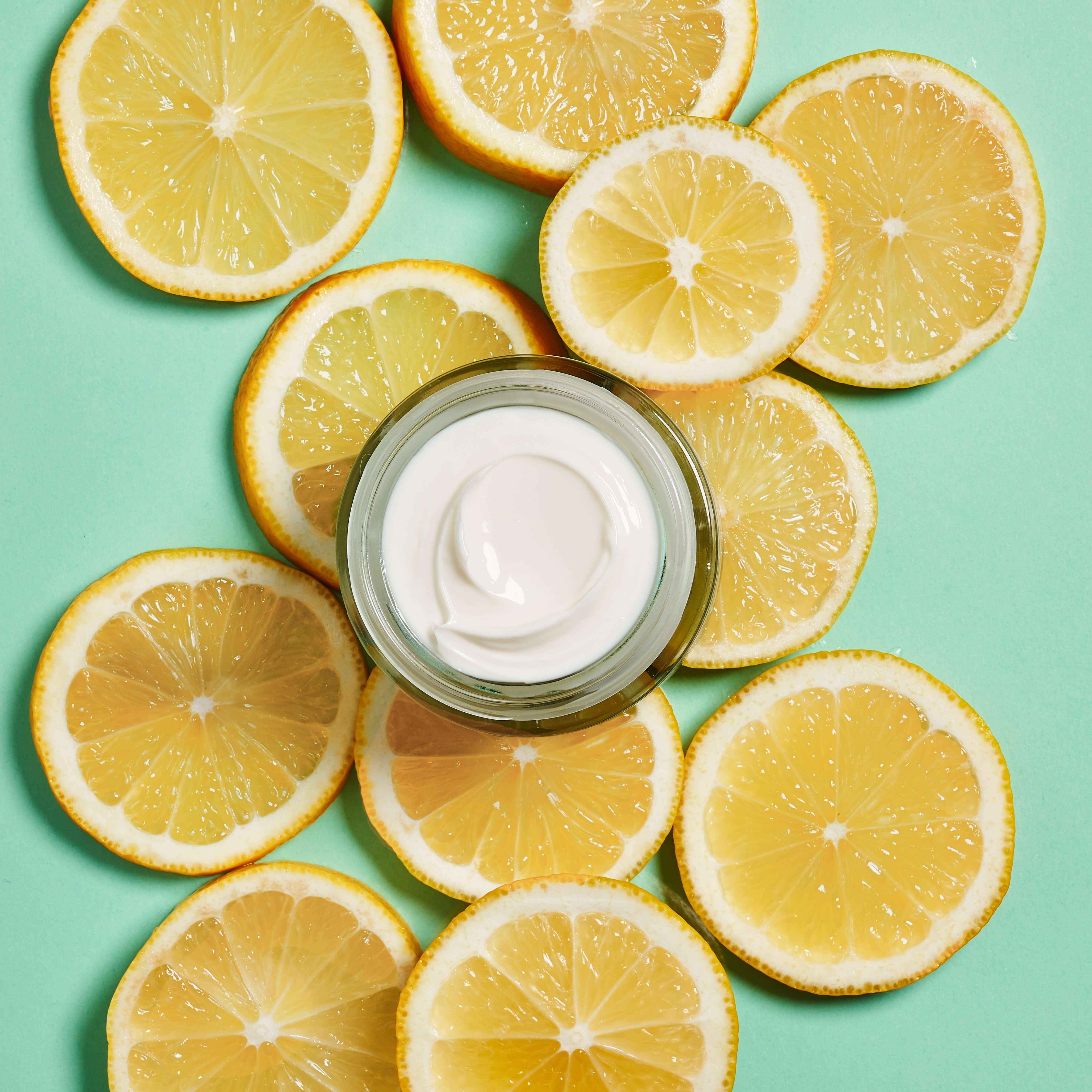
It can be found in skincare, make-up, sun protection and hair care products.
Vitamin CG is used in our range of anti-dark spot products because of its potential to limit pigmentation caused by repeated exposure to the sun.
As well as skincare, vitamin CG can be found in make-up, sun protection and even hair care products.


